Amazing! Are you ready to have fun decorating? You can make brilliant food colorings from everyday fruits and vegetables like beet, red cabbage, goji berries, and turmeric. We don’t need toxic chemicals to create intense colorful decorations for frostings, cakes, and candies. First mix the color concentrates. Then make your white icing and add a few drops of your concentrate. Then freeze any leftover concentrates in ice cube containers for easy storage. Here’s how to make the liquid color concentrates. These beautiful concentrates will last in the freezer indefinitely. For white icing I used my recipe for Royal Icing, non-glycemic. However, since Just Like Sugar is not available right now, you’ll need to use a different sweetener for the white frosting.
Did someone say “Christmas Cookies”? Oh dear! Artificial dyes are some of the worst toxins in our food. We eat them in candies, ice cream, and Christmas cookies! Chemical food colorings are poisons linked to cancer, brain tumors, and child hyperactivity, yet USA food manufacturers pour 15 million pounds of artificial dyes into our foods each year.
Make amazingly brilliant colors with these everyday foods:
- Yellow: Turmeric – 1 teaspoon
- Orange: Goji berry – 1/4 cup dry goji berries
- Pink: Beet – 1 diced beet
- Red: Beet + Goji berry – Just mix together beet #3 and goji #4
- Lavender: Red cabbage – 1/2 red cabbage
- Blue: Mix Lavender from Red cabbage with baking soda
- Green: ChlorOxygen – a few dropperfulls of ChlorOxygen liquid
- Teal: Mix #8 green and #6 blue
- Any other color: Now you’re the artist! Make you own palette of food coloring!
Tip: Watch out for “natural”, “non-toxic” food dyes in grocery stores and online. Very bad. Watkins Food Colors has “no artificial dyes”, but contains glycerin, invert sugar, potassium hydroxide, polysorbate 80, trehalose, and sodium citrate! Natural Food Coloring by Color Kitchen contains foods like spirulina, turmeric, and beets. However their colors are laced with maltodextrin, a GMO corn sugar which I would never allow in my kitchen.
This was really fun! The icing colors turned out brilliant, beautiful, and completely non-toxic. Yay!
Instructions:
Helpful tools:
- a set of 7 – 10 small white bowls or cups, one for each color
- a small 1-cup heat-resistant pitcher
- an eye dropper or two that you can clean out
- a small and medium gauge strainer
- an ice cube tray to store the colors for future use
Green: Use a few drops of ChlorOxygen by Herbs, etc. Becareful if you use it straight, as it is a powerful concentrated dye by itself. For better control I diluted 3 dropper fulls of ChlorOxygen in 1/4 cup water in a small pitcher. This is your green concentrate. Stored any leftover in an ice cube tray.
Yellow: In a small saucepan, stir 1 teaspoon turmeric powder into 1/3 cup water. Bring to a boil, turn down and simmer 3 minutes. Strain with a fine strainer into a small pitcher. When it cools, pour into your ice cube tray. Add the liquid bit by bit to your food until you reach your desired shade of yellow.
Orange: In a small blender, liquefy 1/4 cup dry goji berries in 1/3 cup water. This may take a minute or two, as the berries are dry, so have patience. Strain with a fine strainer into a small pitcher. You may need to stir the bottom of the strainer with a teaspoon. Pour the liquid into your ice cube tray. Add this liquid bit by bit to your food until you reach your desired shade of orange.
Pink: In a small blender or food processor, add 1 diced beet and 1/3 cup water to cover. Blend until as liquefied as possible. In a small saucepan, bring the beet puree to a boil, and turn down the heat to simmer for 3 minutes. Strain with a medium strainer into a small pitcher. When it cools, pour into your ice cube tray. Add the liquid bit by bit to your food until you reach your desired shade of pink.
Red: Start with the above pink beet liquid. Add the above goji liquid a dropper at a time until your desired brilliant red color is achieved.
Lavender: In a food processor, add 1/2 red cabbage coarsely chopped and 3/4 cups water. Process until it is fine mush. In a saucepan, bring the mixture to a boil, turn down the heat and simmer 5 minutes. Then strain with a medium gauge strainer into another pan. Pour that liquid into your small pitcher. Pour half of it into your ice cube trays for lavender color. Use the remaining half for blue. (Save your red cabbage mush, it’s yummy sautéed with coconut oil and garlic.)
Blue: Follow the instructions above for Lavender, separating it into two containers for lavender and blue. In a small pitcher, stir in a small amount of baking soda, and it will turn blue! The amount of soda needed may vary. I added soda 1/8 teaspoon at a time, and ultimately used 7/8 teaspoon to arrive at a lovely blue liquid. If you use too much soda, it will affect the flavor of your food, so go easy. Test your color by dripping the liquid onto a white surface. Oh, and clean it up soon, as this will leave a stain.
Teal: Notice in the photo at the very bottom, you can make a beautiful teal by mixing blue with a little Chlor-Oxygen.
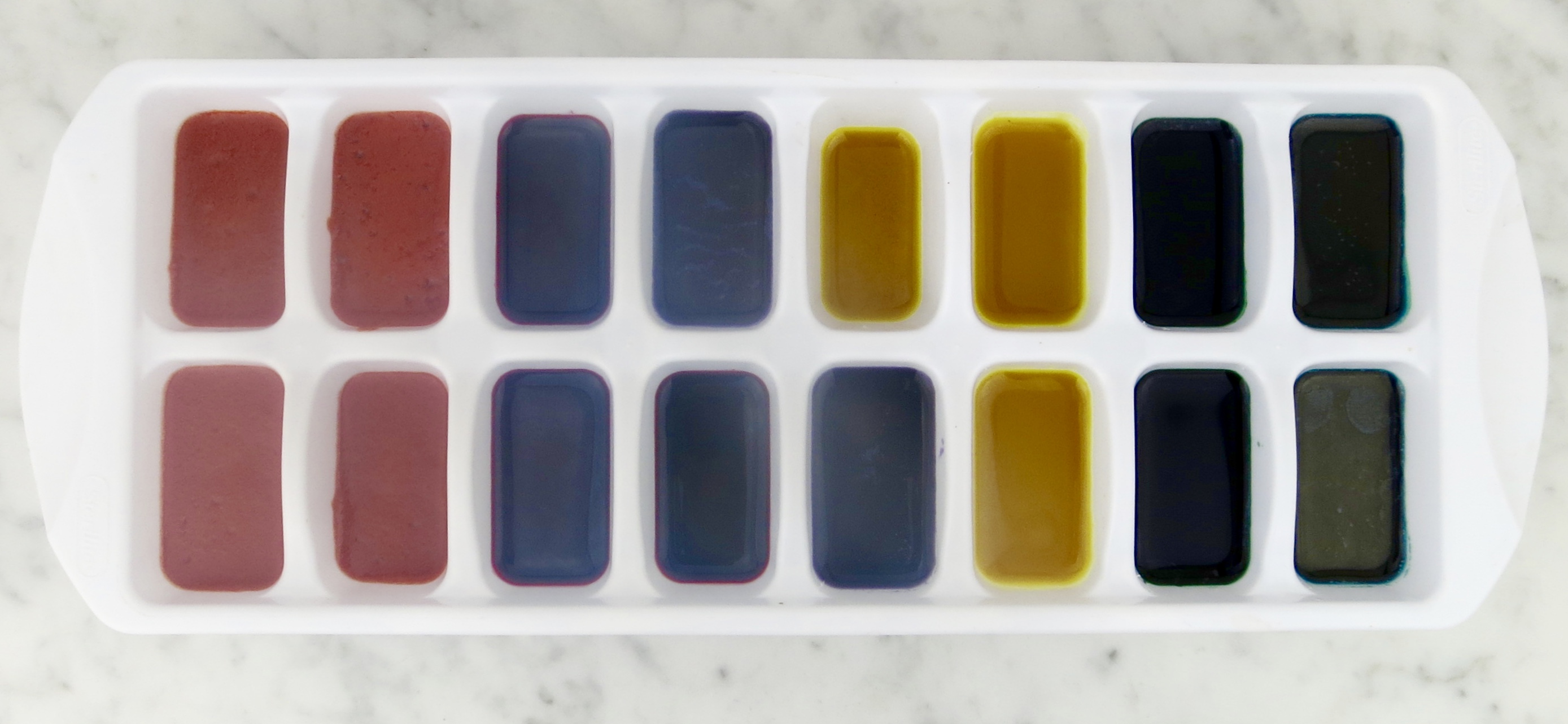
You can store your liquid concentrates in ice cube trays for future use. This batch will last me for years! From left to right: Orange, Pink, Lavender, Yellow, Green, and Blue.
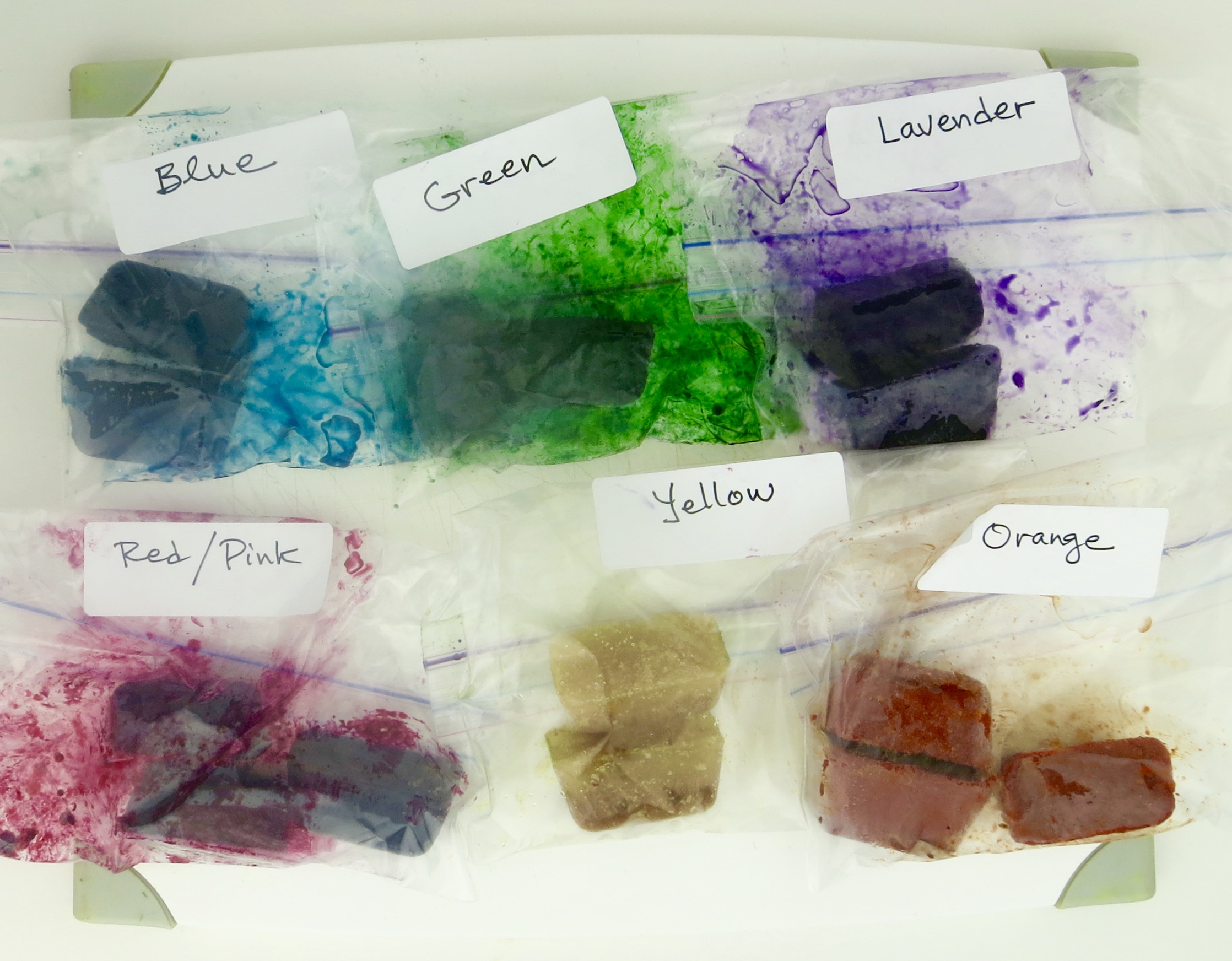
Freeze the liquid concentrates in zip-lock bags for the future.


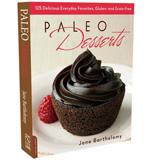

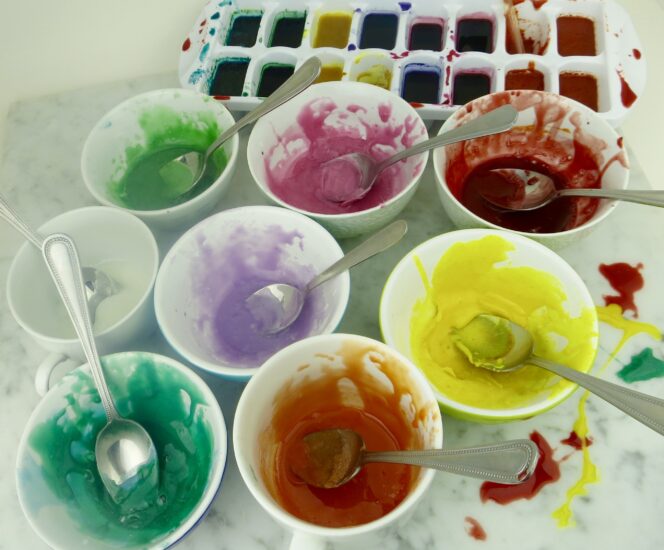
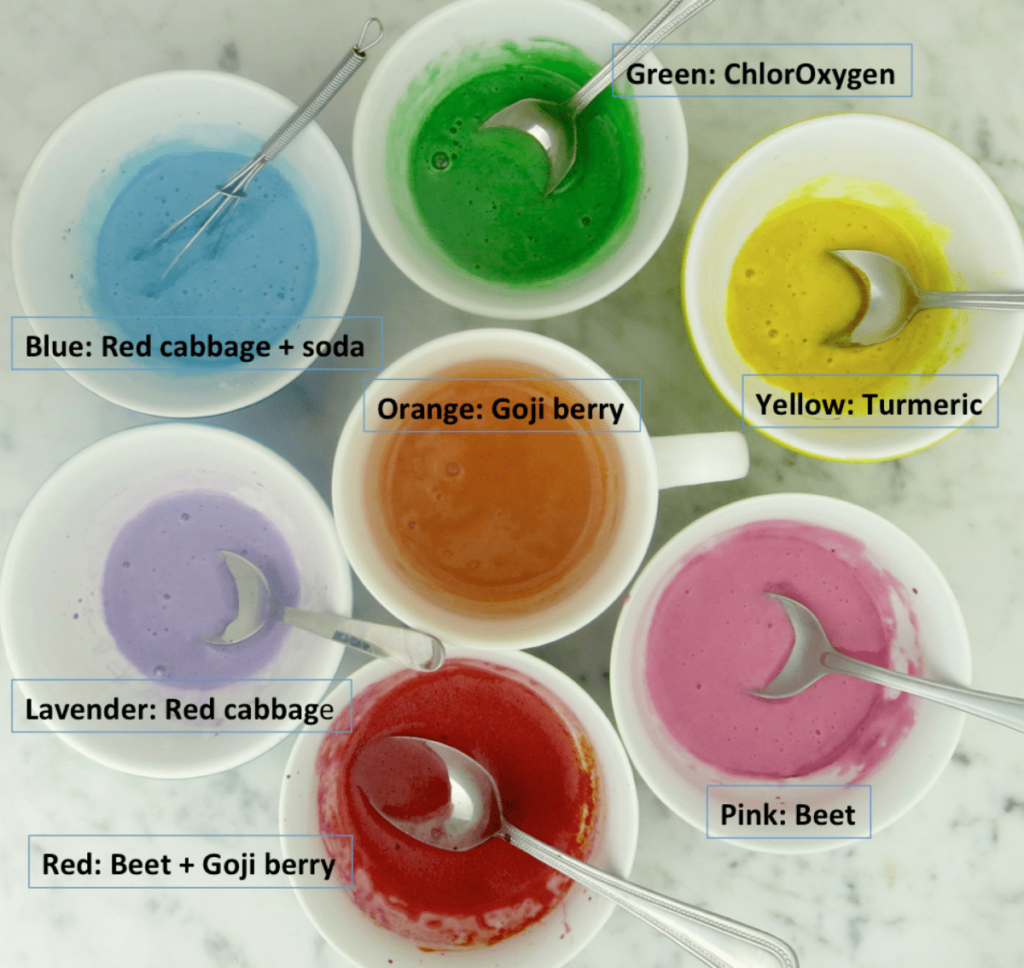
No Replies to "Natural Food Coloring Made Easy!"